How Can I Tag and Track Inventory
Contractors are a mobile breed—constantly on the move, from job to job. With so much shuffling around, there is more opportunity for human error—tools ending up on the wrong jobsite on the wrong day. When you have inventory tied up across different jobs, in the back of a work truck or van, or in a warehouse on a high shelf that's rarely dusted, it's easy for mistakes to be made. In this article, we'll cover: Traditionally used asset tracking tags and why they won't cut it The role of an asset tag in the construction industry The tool and equipment tagging landscape that already exists for contractors It makes sense to compare the tool crib to its closest real-world equivalent: the distribution center. Although you already own the equipment, it is stored in a central location and distributed to the team in the field (your internal customers). It's not uncommon for inventory managers and tool crib managers to turn to a common staple of warehouse logistics when trying to improve their own situation: barcoding. Warehouses typically usebarcode readers for asset tags. These barcode readers identify and check off orders, and ensure, when scanned, that the correct item is sent out to the correct recipient. The problem with using this method is that the "DC" model starts to fall off when you deal in durable goods. Your product goes to the field, and is expected to return home at the end of the day. Because of this, tracking of equipment needs to be as mobile as the equipment itself. Add to that a couple more issues: UPC-style barcode labels are not intended for the construction industry. Plain and simple. For their intended purpose, barcodes work fine. But when you use them on the jobsite, you quickly find their breaking point: they wear out quickly, fading and becoming hard to scan. This is why most contractors that use them know they have a shelf life, buying replacement barcodes by the spool. That's not to say all labels are created equal. Your typical stock is limited to the stuff used for warehouses or hospitals. Construction-gradeAsset ID Tags are a better solution because they're easier to scan, and will outlast anything else on the market, getting you the extra mileage you need. Barcode readers are expensiveconsidering the limited functionality they provide. They're also often misplaced. I remember hearing a story of someone receiving a package from Amazon, and upon opening it finding that, in addition to their order, a barcode reader, likely from the distribution center that fulfilled the order, had mistakenly fallen in the box and was packaged and shipped. Those are just the scanners you keep at the shop. You also need to find a solution for the field team, often requiring at least an additional scanner for every delivery driver. In-app barcode scanners that use a smartphone camera are far more appealing because, every time you need to scan an item in, you don't have to go far to locate your previously hard-to-find barcode reader—it's in your pocket. Inventories are chockfull of items, big or small, that need to be tracked: Small hand tools: handsaws, utility knives, bolt cutters, adjustable wrenches, socket wrenches, screwdrivers, hammers, flashlights, plyers, etc. Larger items: ladders, job carts, dollies, garbage cans Equipment: generators, jobsite lighting, etc. Investing in jobsite-ready equipment trackers can quickly become a needlessly costly endeavor when your main objective is to create better visibility to what you have in your warehouse. This is where barcodes would seemingly make sense. Notwithstanding the shortcomings of barcodes we discussed above, there are other options for tool and equipment tagging that are more jobsite-friendly. Within the construction industry, aside from traditional barcoding, there have emerged two methods of tool and equipment tagging. Radiofrequency identification (better known as RFID tagging) is a method that uses electromagnetic fields to automatically identify and track the tags that are attached to your tools and equipment. RFID tags are easier to use than barcodes, with each tag easily read when passing near an RFID reader. That means you won't have to position it precisely, like you would with a barcode reader. Due to the electromagnetic waves it draws upon to register a scan, it'd even be able to register a scan if the tag was not physically visible (such as if the tag was in a box, carton, or case). Additionally, RFID scanners have more advanced technological capabilities, able to scan multiple RFID tags at once, which would help you significantly cut down on scan-in/out time. That's about where the benefits end. Good handheld RFID scanners cost in the $1,000's of dollars, and the signal is very finicky. To try this yourself, put a layer of tin foil over your toll pass—that's enough to defeat the quarter-million-dollar scanning rig that was set up over the highway. In your hands, something as small as a drill-motor, gang box, or ladder wrung could be the difference maker to a bad or missed scan. The benefits of RFID are enough to raise eyebrows, but the cost and success rate render the tech impractical for our industry. Asset ID tags exist to fill the space between the more pedestrian barcode option and the more advanced tool tracking capabilities of equipment trackers and smart tools. Our Asset ID Tags differ from the traditional barcodes with properties that make it perform in jobsite settings: They use a 2D matrix code rather than a traditional barcode, which scans more easily and accurately. These codes are exceedingly easy to scan and can be picked up by any smartphone with a camera. On the job, this 'scanability' will come in handy—no more having to wrestle with a barcode reader and hold it just right in order to get it to scan. They are constructed with a more heavy-duty adhesive that won't peel as easily as a traditional barcode. They don't require standalone hardwarelike barcode reader if you're using a tool tracking system or mobile app like One-Key that embeds this functionality within its core software. Many other apps exist that have rendered barcode readers unnecessary. They provide GPS coordinate updates wherever they are scanned, not just for checking out. The need for a tool tracking system is unprecedented, with 42% of contractors expecting to be tagging equipment by 2022. Further, of the methods discussed above: 37% of contractors expect to be tagging their equipment by 2022 24% of contractors expect to be RFID tagging their equipment by 2022 Which method do you expect to use?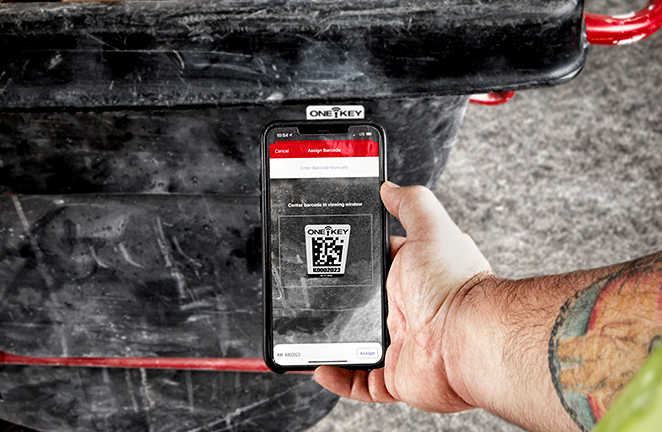
So, what makes for a fool-proofasset tracking tag system?
Traditional Methods of Tool and Equipment Tagging: Asset Tracking Tags in Warehouses
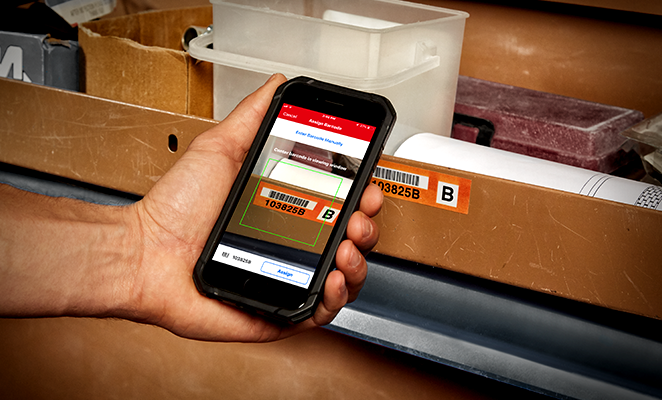
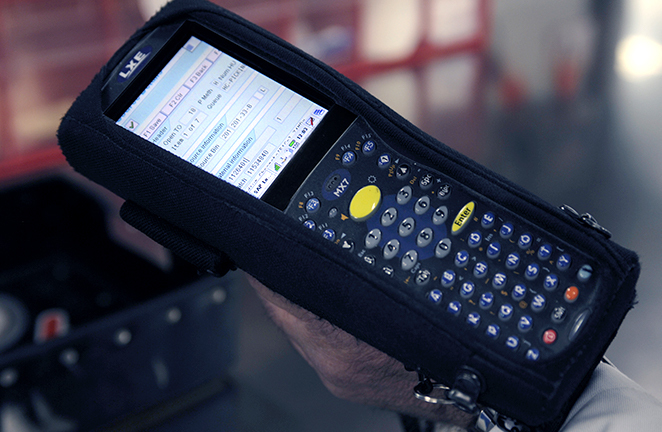
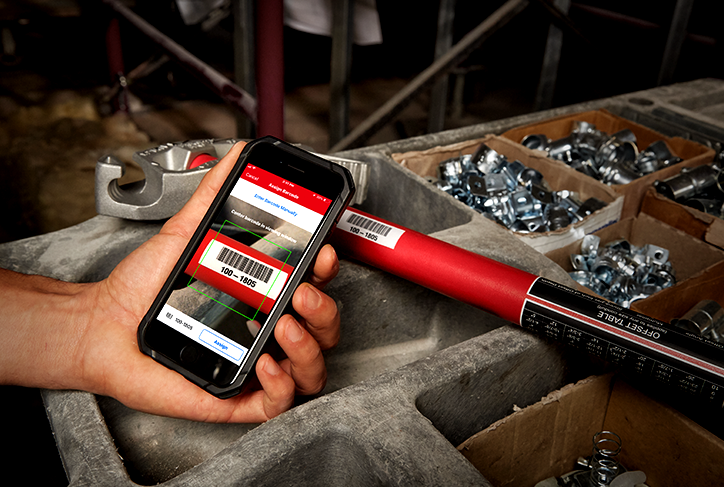
The Role of an Asset Tag in the Construction Industry
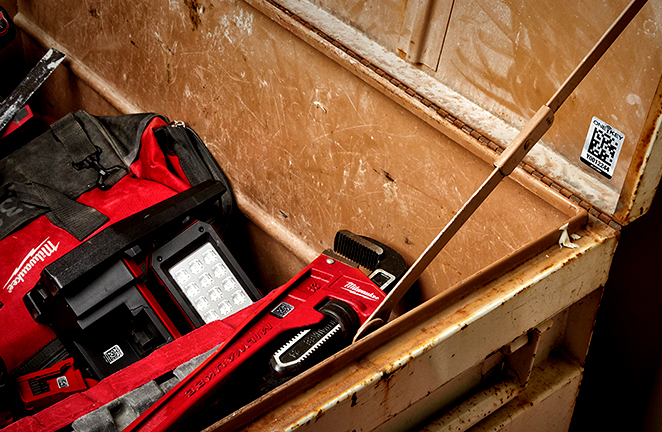
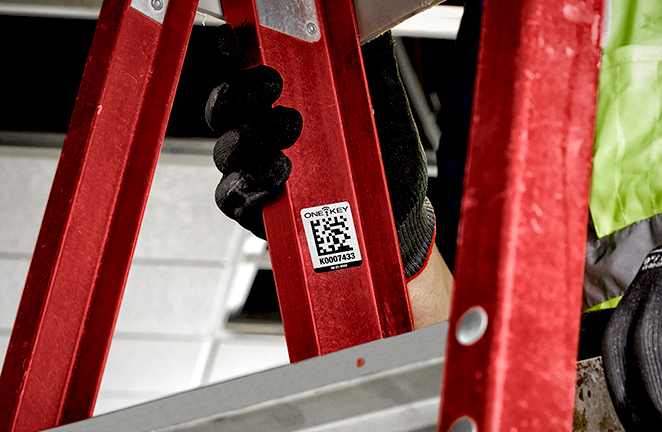
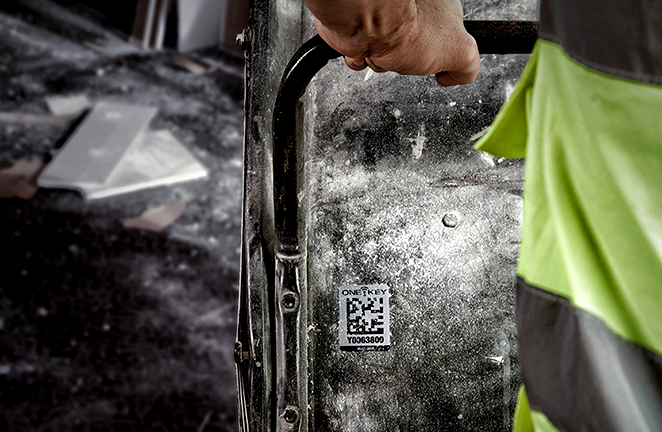
Asset Atmosphere: The Tool and Equipment Tagging Landscape
RFID Asset Tags

Equipment Tagging (Asset ID Tags)
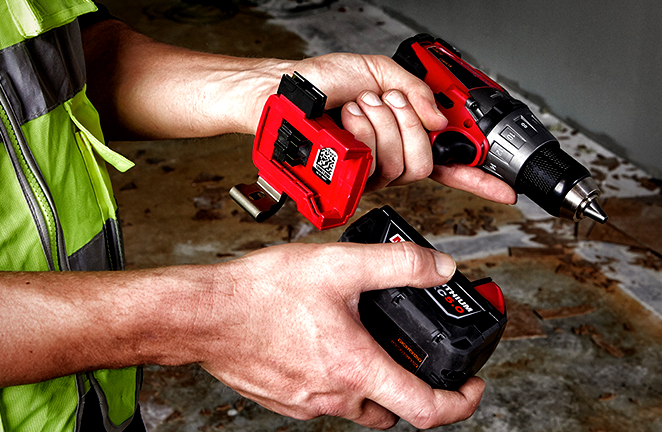
Growing in Prominence: Asset Tagging Expected to Continue to Grow through 2022
How Can I Tag and Track Inventory
Source: https://onekeyresources.milwaukeetool.com/en/asset-tagging-and-management-guide
0 Response to "How Can I Tag and Track Inventory"
Post a Comment